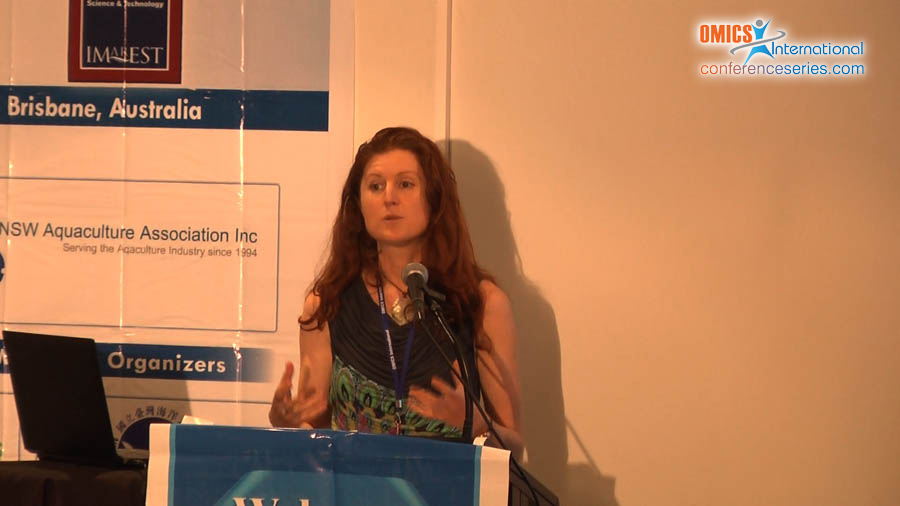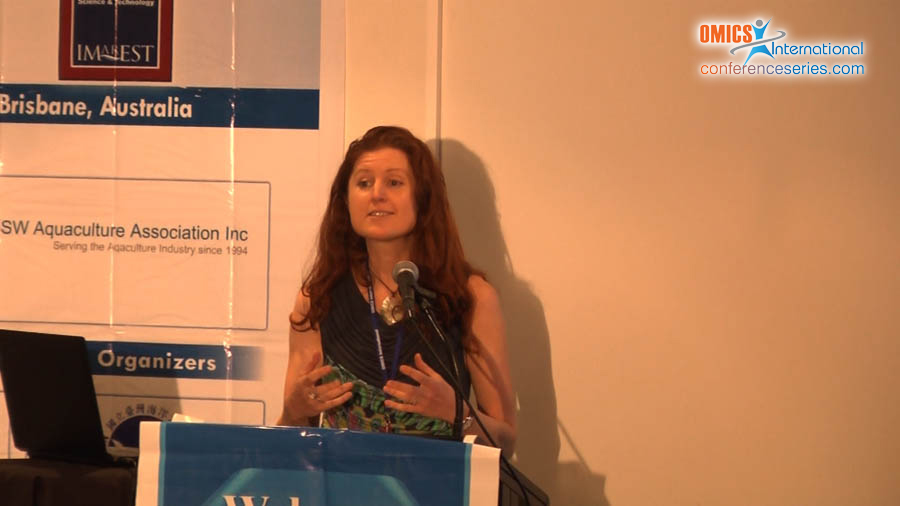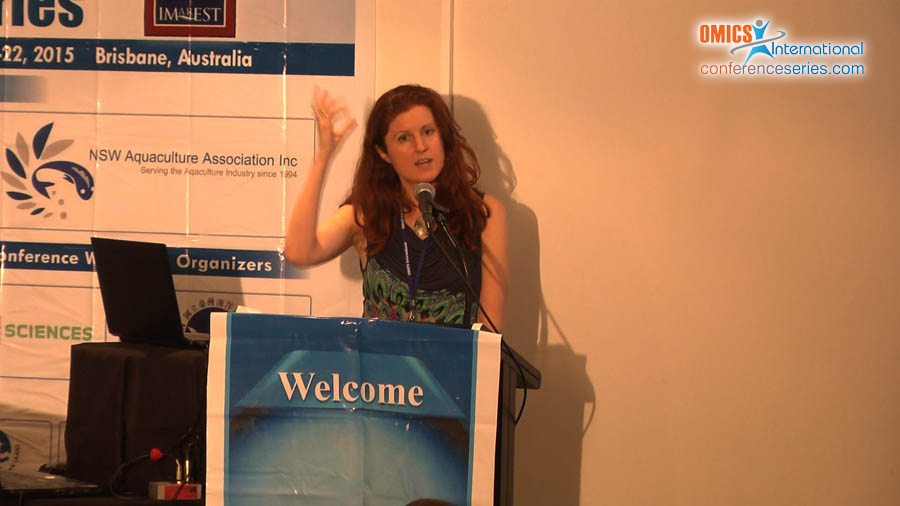
Fran Humphries
Griffith University
Australia
Title: Patenting genetic material in aquaculture: a red herring or an emerging issue to tackle?
Biography
Biography: Fran Humphries
Abstract
Patents can have both a positive and negative effect on innovation in aquaculture. On the one hand they may encourage investment for developing new strains. On the other hand, they may tie up genetic resources that may have otherwise been freely used by breeders or researchers. This presentation considers the role and use of patent law for protecting new strains in aquaculture from unauthorized replication. While patents are not yet as extensive in aquaculture compared with other fields, there are issues that need to be addressed from the outset to protect aquaculture’s increasingrole in global food security. A central problem for breeders is determining the extent to which progeny of self-replicating patented genetic material inventions may be controlled by the patent holder. In addressing this problem, the presentation highlights various defenses against infringement including those excusing experimental use of patented aquatic genetic material. It also explores breeding defenses and innocent bystander defenses that are emerging in agriculture but which also may have future relevance to aquaculture. The presentation concludes that as patents start to take hold in aquaculture, breeders need clarity on the circumstances in which they can make a cross with an aquatic strain that includes a patented genetic sequence or trait that is not expressed in their new strain.





